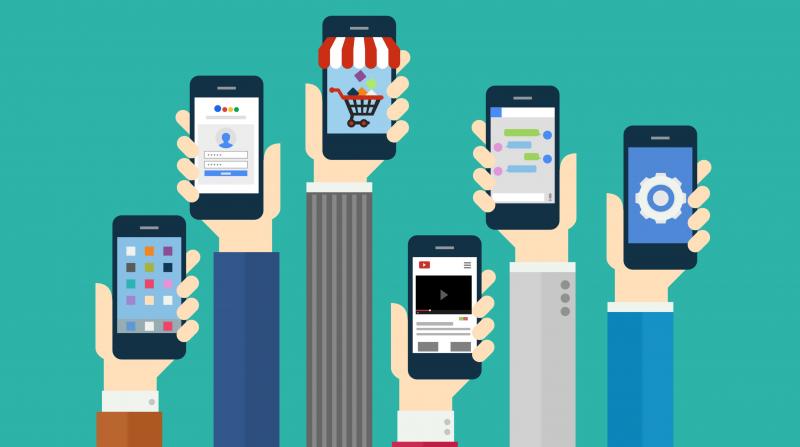With millennials checking their phones 150 times a day and the average person regardless of age spending five hours a day on his or her smartphone, mobile devices are firmly entrenched as today's leading media
1. Location-based marketing
The era of location-based marketing is here. Businesses send customers notifications when they pass a store and promotions when they are near strategic locations where the brand's products or services would be useful.
In this context, Foursquare recently released Foursquare Analytics, which grants client businesses and marketers access to location intelligence and technology for more than 90 million geofenced locations around the world.
The company has also moved to integrate Uber into its system, enabling users both to discover places to go and also get there, using the same app. In fact, users can now order a ride from inside Foursquare City Guide without having to switch applications. No need to type in the address, look up directions or struggle through translations.
2. In-app marketing
With such intense competition, apps must offer the most personalized service possible, or risk being ditched. In-app marketing fuels relevance and engagement, which in turn drives retention, loyalty and lifetime value.
An example of this is the challenge faced by India's Federal Bank as a result of that country's 2016 "demonetization" (when it replaced its 500 and 1,000 rupee notes with 2000 notes). Within months of the plan's implementation, over 14 millions Indians downloaded the banks new apps and digital-payment use surged up to 80-fold among India's 260 million smartphone owners.
3. SMS marketing
Mobile text marketing is the focus of many misconceptions, but with 91 percent of millennials text messaging weekly, marketing is essential. Many corporations, including Coca-Cola, Walmart and Toys 'R' Us, have integrated text messaging into their mobile-marketing strategies.
4. Mobile marketing measurement
Mobile ad revenue recently surpassed the amount spent on desktop ad revenue. With billions of dollars being dedicated to reach customers on their mobile devices, a scientific approach to mobile marketing has become necessary. A lot of companies illustrate this approach, as a mobile attribution and marketing data-analytics company that helps marketers pinpoint their targeting, optimize their ad spend and boost their ROI.
5. QR codes
One way to swiftly provide relevant information to mobile users is through the use of QR codes. These digital bar codes act as shortcuts for getting valuable information into the hands of customers and prospects. QR codes are highly versatile and can function as a Facebook "like" button as well as offer coupons, provide tourists with information and perform other functions.
Each of these tactics can be duplicated -- by you. What's more, each tactic offers your company the ability to increase exposure, grow, attract and retain clients in ways that are relevant, timely and appealing to their interest in digital media.
source: www.entrepreneur.com
